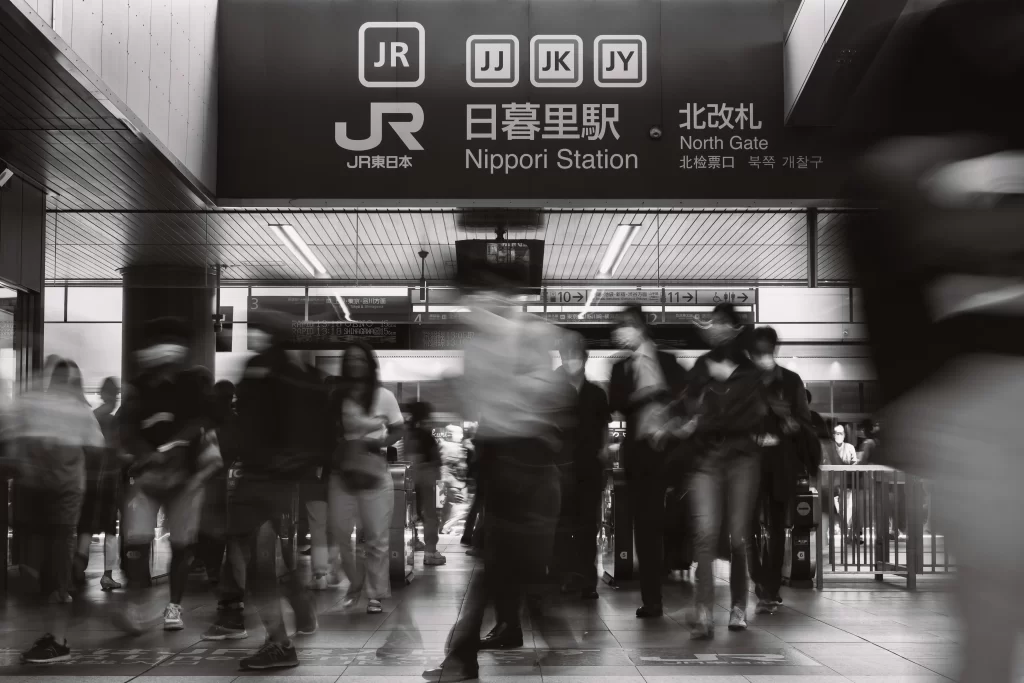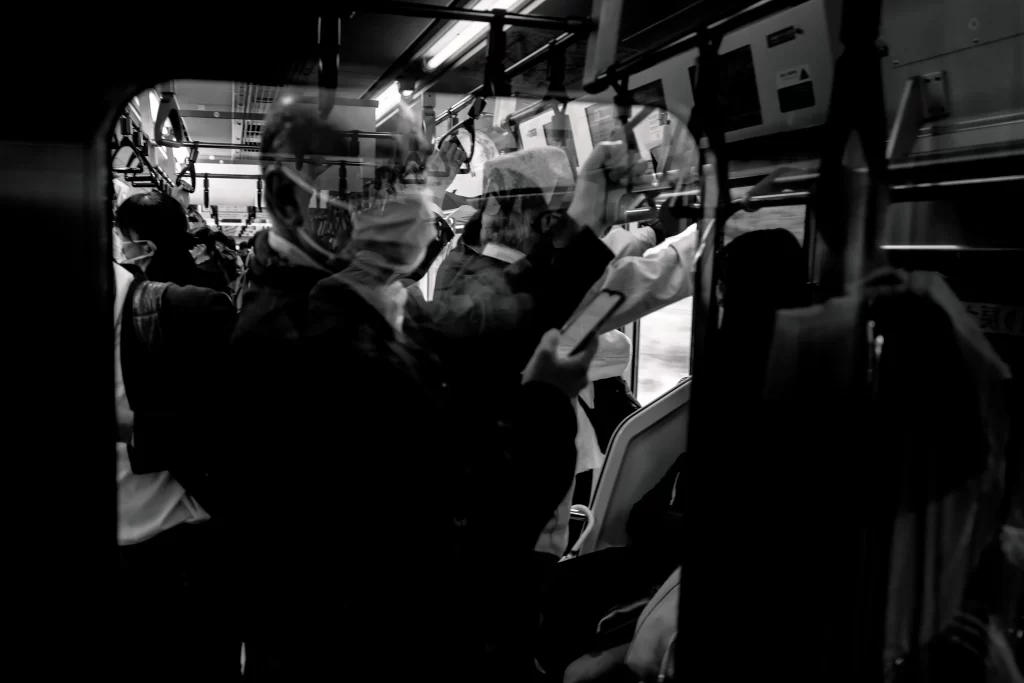
Tokyo Train Travel 101: Tips for First-Time Travelers
Navigating Tokyo’s train system for the first time can feel overwhelming. Still, with some preparation, it’s a remarkably convenient way to explore the city. Tokyo is home to one of the most complex rail networks in the world, featuring various train lines run by different companies. Whether you’re zipping across town on a JR (Japan Railways) line or hopping on a subway, trains are the lifeblood of Tokyo’s public transportation.

©William Michaud
A Vast Rail Network
Tokyo’s train system is massive, with JR lines, subways, and private railways connecting different parts of the city. The JR Yamanote Line, for example, loops through major districts like Shibuya, Shinjuku, and Tokyo Station. At the same time, the Tokyo Metro and Toei Subway offer an extensive network beneath the streets. Having so many options makes it easy to get around, but it can be tricky to navigate if you’re unfamiliar.
Convenience at Every Turn
The efficiency of Tokyo’s trains is unparalleled. They run frequently, usually every few minutes, and are known for their punctuality down to the second. Many stations offer signage in both Japanese and English, so language won’t be a barrier. Look for the signs directing you to your platform. You’ll find that trains are incredibly clean and safe, even during the busiest times, providing a reliable and comfortable travel experience.

©William Michaud
Potential Pitfalls
However, first-timers should be aware of a few things. Station transfers can be surprisingly long, especially in larger hubs like Shinjuku or Tokyo Station. Be prepared to walk quite a bit between platforms if you need to switch lines. Additionally, while many rail companies share stations, they operate independently. For instance, a ticket purchased for JR trains cannot be used for the Tokyo Metro. If you’re traveling across different rail networks, you’ll need to buy separate tickets for each company. Being aware of these potential pitfalls will help you navigate the system more effectively.
Suica, PASMO, and ICOCA Cards
One of the best ways to simplify your journey is by using an IC card like Suica, PASMO, or ICOCA. These rechargeable cards allow you to tap in and out of stations without buying a ticket for each trip, giving you the freedom to travel without worrying about tickets. You can also use them for purchases at convenience stores, vending machines, and even some restaurants. For even more convenience, some smartphones allow you to add these cards digitally—check your app store to see if your device supports it.

©William Michaud
Final Tips
Tokyo’s train system might seem daunting initially, but its convenience quickly becomes clear. Consider planning your route ahead of time using apps or station maps to make station transfers smoother. While rush hour can be a cultural experience, if you want a more relaxed journey, try to avoid traveling during peak times (around 8-9 a.m. and 5-7 p.m.).
With these tips in mind, your first ride on Tokyo’s trains should be smooth and stress-free!







